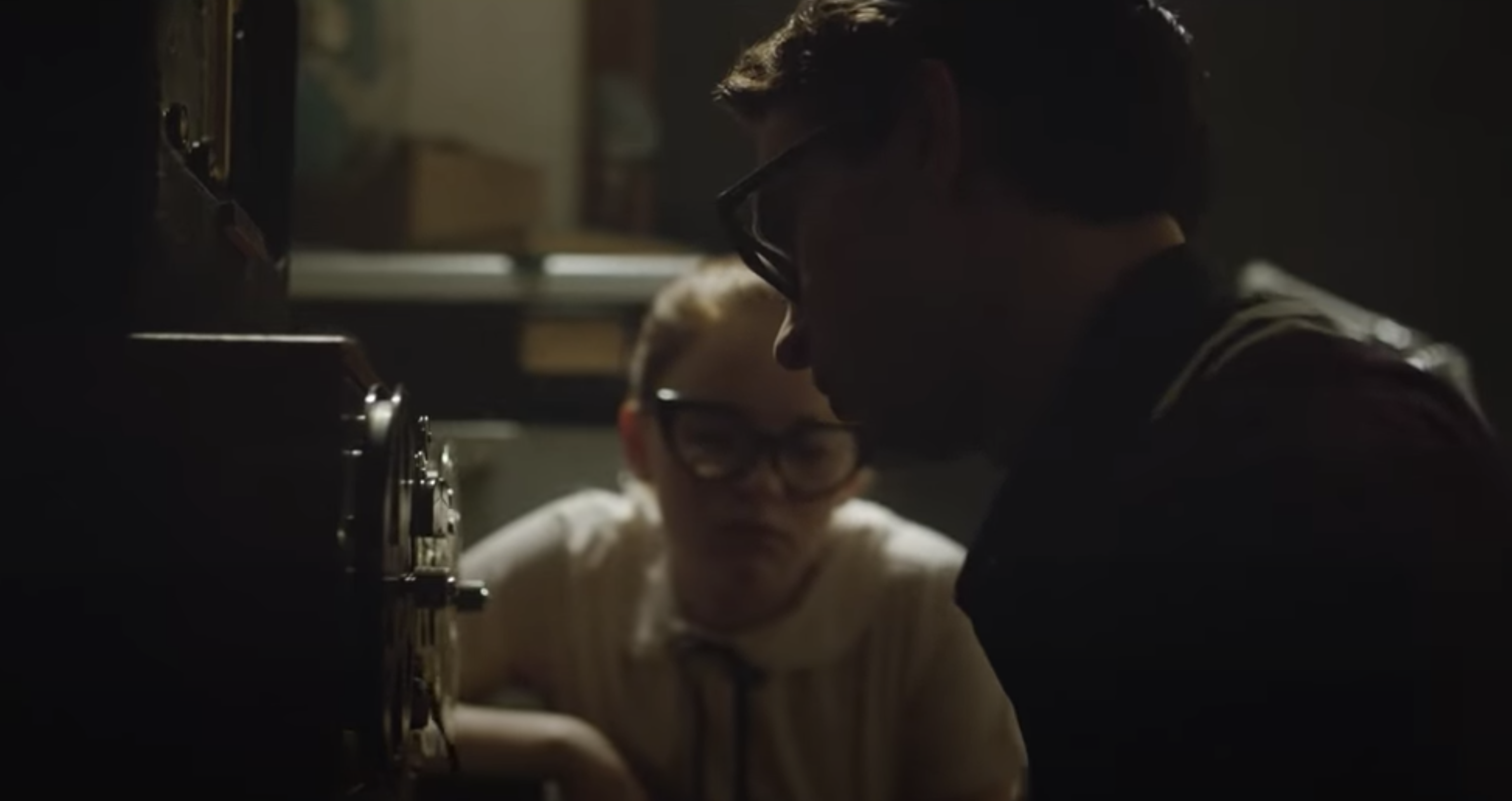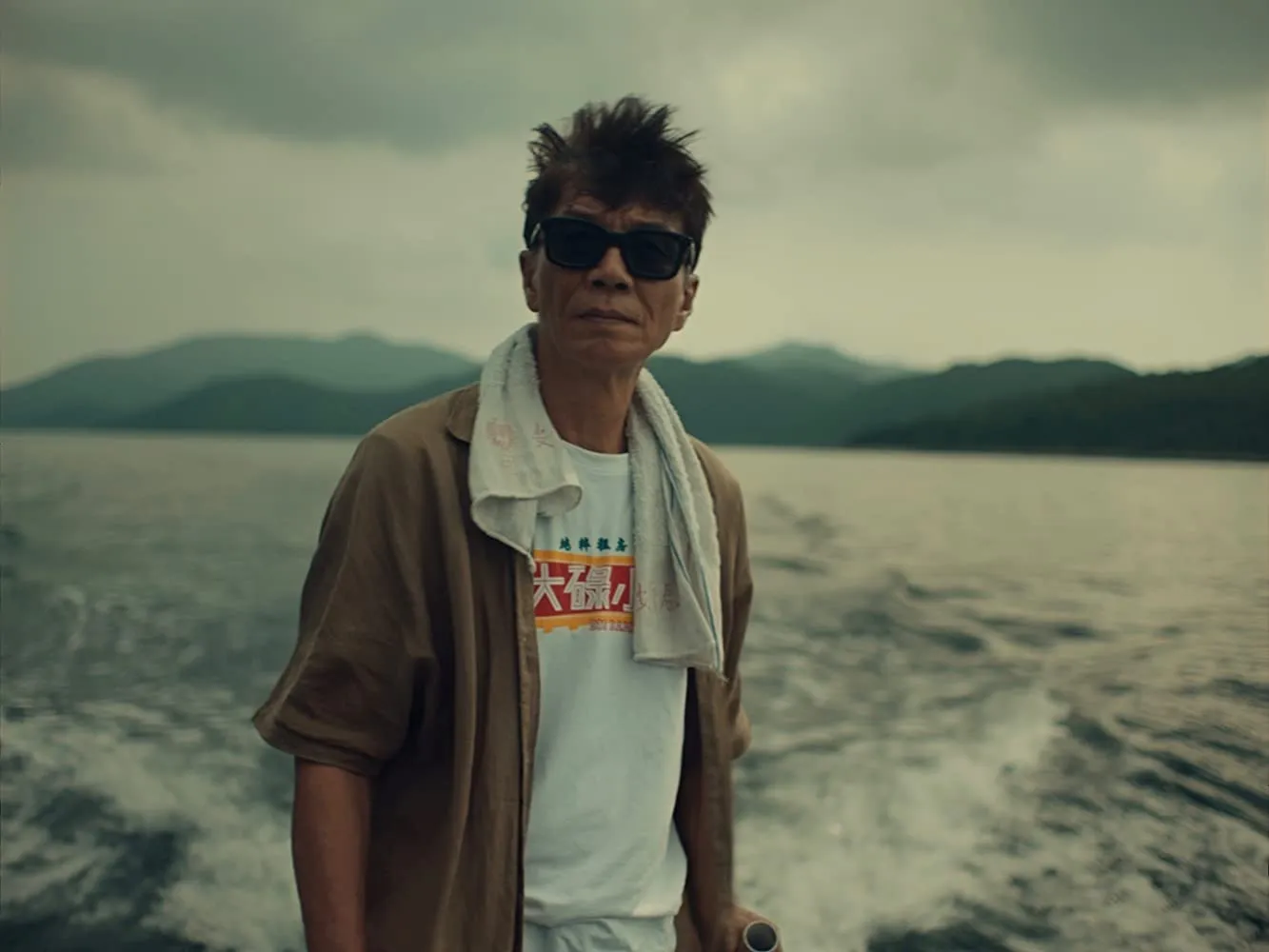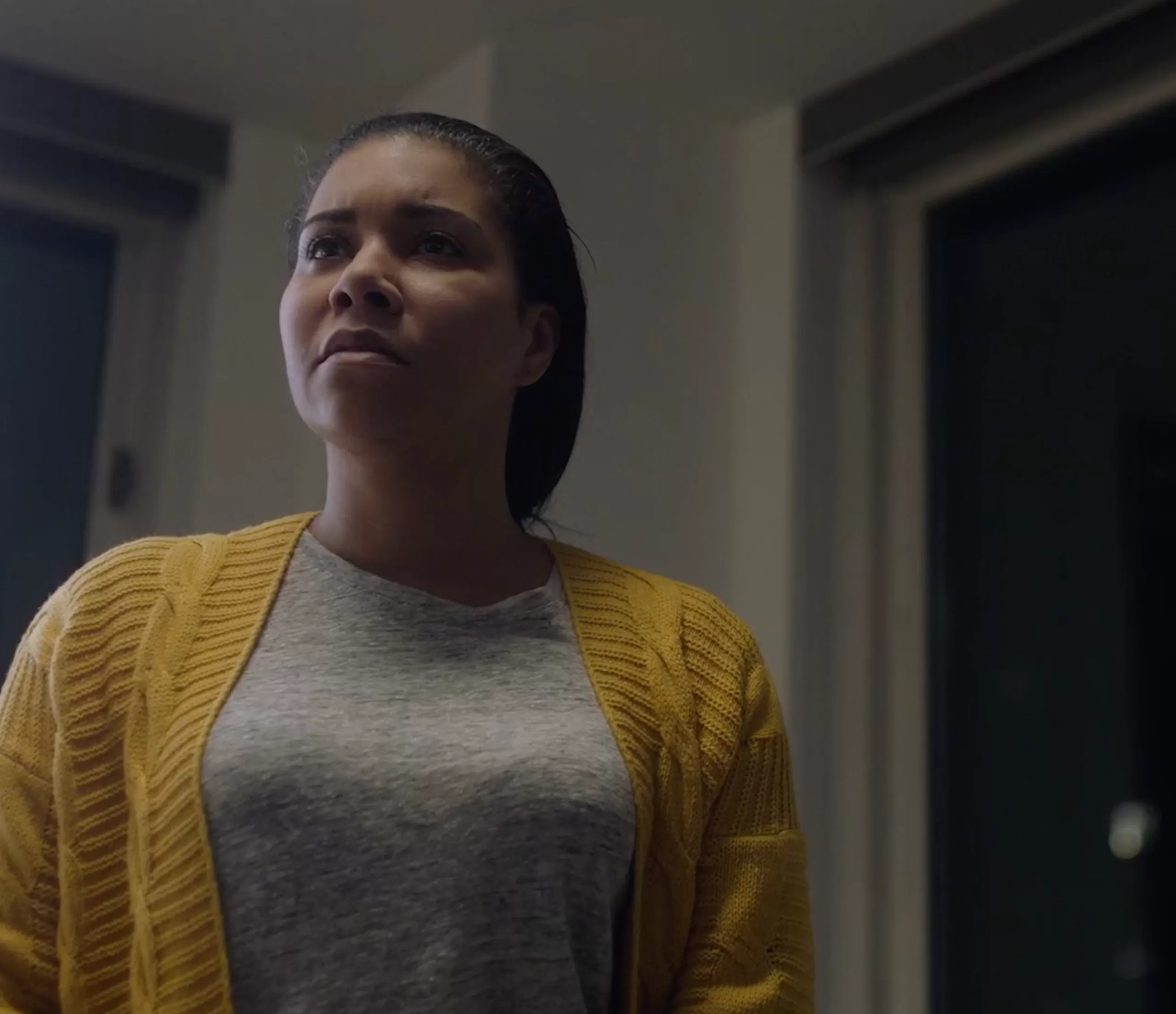Mother Earth Is Not Happy; “GAIA”
“Spellbinding” is not a word I throw around lightly. Where South African filmmaker Jaco Bouwer’s latest film “Gaia” is concerned it is richly deserved.
While this is a film with a few issues, what works overpowers flaws.
Gaia is the goddess of the Earth in Greek mythology. In the seventies, scientist, environmentalist and futurist James Lovelock developed the “Gaia hypothesis,” one that envisages our planet as a super organism that remains alive to regulate its own environment, principally temperature, and to keep it habitable for the species.
For decades, humans and industry have hurt, desecrated, and destroyed much of Earth and continue to do so. So it should not be long before Gaia starts fighting back.
Gabby (Monique Rockman) and her partner Winston (Anthony Oseyemi) are park rangers in South Africa’s Tsitsikamma National Park. The two of them stumble on Barend (Carel Nel) and Stefan (Alex van Dyk), a father and son who bear the aura of something truly strange. They hunker in the woods and live off the land, existing like hunters from far back in time. The woods that surround their home hold a dangerous creature that has been long growing inside the ancient land.
Fungi-like beings attack. Winston goes deeper into the woods to get away while Barend and Stefan save Gabi (after she hurts herself in one of their traps) and take her to a safe place.
Barend speaks of how humans have ruined Mother Earth and calls for a “swift end to the Anthropocene.” He is quite aware of the damage done to this planet by humans and fears that the repercussions from angry Mother Nature have already begun.
Gabi and Stefan form a bond (one of the screenplay’s pitfalls), growing quite close and believe there just may be a way to escape and survive beyond these woods. However, Mother Nature is not happy, and she is everywhere and she is everything.
Terius Kapp’s script crafts each character more symbolically rather than making them into deeply-layered human beings. This is an interesting take, as humanity is ultimately the real villain, and it is the Earth itself that is fighting to stay alive.
Bouwer’s film holds some jaw-dropping special effects, but the director does not overwhelm his audience with them. There is CGI, but his FX crew gets creative through visual manipulations and practical effects. Prosthetics designer Clinton Smith and his crew are on point with their creations.
The film stumbles when it tries to move from eco-themed terror to gruesome body horror. While those scenes are effective and will bring fans of practical gore some visual thrills, the scenes of extreme gruesomeness go against the atmospheric tone of “Gaia.”
Jorrie van der Walt’s camerawork plays a big part in achieving the film’s creepy atmosphere. He uses the darkness and the light in equal measure, coaxing a constant dread out of both.
This is a film that succeeds in visual storytelling over straight narrative. The dreamlike presentation of the story gives the film more power and depth, bathing the viewer in hallucinogenic glow.
Bouwer’s textural direction is the film’s strength. When the screenplay strays into predictable territory, the filmmaker makes sure his work never loses the viewer through near-perfect pacing and an effective visual palette.
The tension, the performances, the message, they all come through.
“Gaia” is mythical allegory and pure nail-biting horror. And it works on every level.
news via inbox
Nulla turp dis cursus. Integer liberos euismod pretium faucibua



